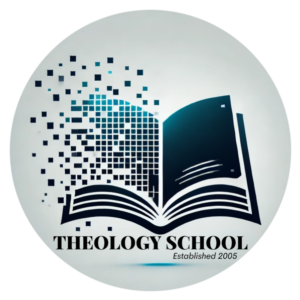Chinese New Year is the largest holiday of the year in China and if you are praying for China or joining some Chinese friends during the festival, there are two things that every Christian should know.
Is baptism essential for salvation?
Baptismal regeneration is not a biblical concept. Water baptism is the symbol of what has already occurred in the heart of one who has trusted Christ as Saviour (Galatians 3:27; Colossians 2:12). Baptism is an important step of obedience that every Christian should take, but it is not a requirement for salvation. To make it such is to question the sufficiency of Christ’s death and resurrection.
What does it mean that the Son of Man must suffer?
In summary, as the Son of Man, Jesus followed the pattern laid out for the “one like a son of man” in Daniel 7:13. He had authority; he suffered at the hands of his enemies; and he was vindicated and exalted by God. As the Son of Man he also called on his followers to follow him in this pattern of life. (1) They were God’s chosen people and possessed the authority God gave to his people. (2) Now they must suffer faithfully in their commitment to Jesus. (3) When God brings his purposes to an end and executes judgment on all peoples, they will be vindicated and restored to their rightful place of authority.
Jesus’ works, miracles and signs—testified of Him
After Jesus fed the five thousand, those who came to find Jesus asked him, “Then what sign do you do, that we may see and believe you? What work do you perform?” (John 6:30). Do not miss the audacity of their questions. They asked Jesus these questions the day after the feeding of the five thousand—after that miracle, after that sign, after that work. They refused to see it.
When all hope is gone…
Do you have a hunger for something more in life? Is there something deep inside of you that never seems to be satisfied? Are you confused? Are you unable to find a path or purpose in life? Does it seem like someone has turned out the lights and you cannot find the switch? Do you ever feel like you are locked out of life? Have you tried many doors only to find that what is behind them is empty and meaningless? Are you looking for an entrance into a fulfilling life?
The Sanctity of life must be matched by Concern
The Bible as a whole clearly states that life comes from God as His gift and that we are answerable to him for what we do with our own and other people’s lives. Such responsibility means that we shall all answer before the judgment seat for our actions and failures to act. Thus, any and every taking of life is a most serious business and requires justification to God.
What Is the Purpose of Spiritual Gifts?
The purpose of charismatic gifts is primarily the edification of the whole church, and, secondarily, the conviction and conversion of unbelievers. The once popular view that the charismata were given for the founding of the church and ceased during the 4th century when it became strong enough to continue without their assistance is contrary to historical evidence.
The Gifts of the Holy Spirit
The Gifts of the Spirit are special abilities provided by the Holy Spirit to Christians for the purpose of building up the body of Christ.
Does God exist?
If God exists, then we are accountable to Him for our actions. If God does not exist, then we can do whatever we want, without having to worry about God judging us. That is why many of those who deny the existence of God cling strongly to the theory of naturalistic evolution—it gives them an alternative to believing in a Creator God.
Are you right with God?
Being right with God is a matter of your response to what God has done on your behalf. He sent the Savior, He provided the sacrifice to take away your sin (John 1:29), and He offers you a promise: “Everyone who calls on the name of the Lord will be saved” (Acts 2:21).

